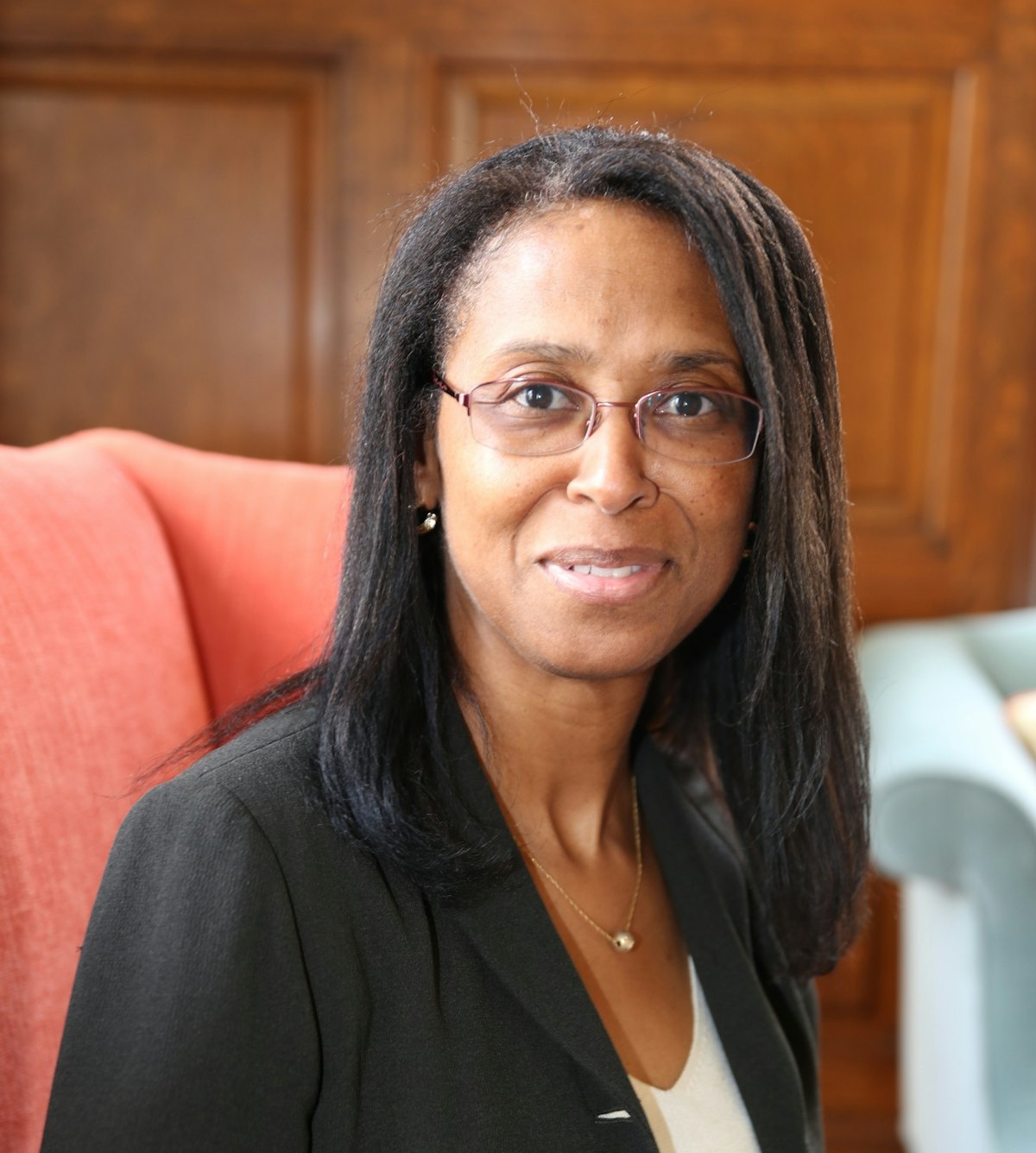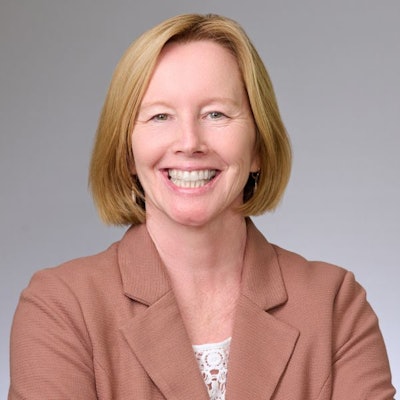Everyone has their own expertise. For academics, that expertise leads to intellectual authority. Some happily choose to use that authority in the cause of activism. Others cringe at the thought, fearing the overtly political and a loss of actual or perceived objectivity.
The debate as to whether academics can be or should be activists is alive and well. But, as universities across the UK (re)discover their civic purpose, institutional spaces for overtly activist academic work are emerging.
One such space is that offered through activist-in-residence (AiR) schemes. Typically hosted by university research centres, these programmes invite activists to work alongside academics and students on projects with a social justice focus. The activists gain access to institutional resources, collaborating with their hosts through a wealth of mutually transformative and enriching encounters that may challenge traditional academic practices. Such schemes are relatively rare in the UK but more common in North American higher education institutions.
Oppositional or diplomatic activism?
Ronald Barnett has said that academic activism can lend itself to an array of stances. He suggests that activism in universities may be situated along two sliding axes – diplomatic/oppositional and individual/collective actions. Oppositional to the state, to the status quo, versus a diplomatic willingness to engage with powerful institutions.
But let’s face it, universities often are powerful institutions perpetuating the status quo. And anyway, can you really be activist within institutional structures? For some, it’s a clear “no”. When our Queer@King’s research centre at King’s College London launched a call for activists to join a pilot AiR scheme, several rejected the invite, concerned to connect their queer activism to oppressive institutional structures.
However, for those willing to accept such an invite, there’s the potential to become a (diplomatic) institutional irritant. Here, we view the work of AiR schemes as that of “collective diplomacy”. Residencies carve out institutional spaces for academics and activists to unite around a social justice cause, practising theory-informed activism and activism-informed theory.
Those engaged in AiR schemes might act as tempered radicals, working subtly to forge change, both within and beyond institutions. Quiet acts of rebellion, compared to the vocal stridency of their oppositional cousins.
Transcending the binary
Back in 2023, we launched four new AiR schemes in the Faculty of Arts and Humanities at King’s College London. Since then, we’ve followed the journeys of the activists and academics involved as they walk the tightrope between conformity and rebellion.
The schemes, which involved four discrete research centres, have recently concluded. They spanned diverse areas – from decolonising wellness practices to challenging media narratives on race and migration, from reclaiming language justice to reframing the lived expertise of women with HIV. The communities engaged were equally diverse – French anti-racists, diaspora communities from East and Southeast Asia, movement artists, radical translators, poets, community organisers, a charity supporting women with HIV.
Despite thematic differences, what united the schemes was a commitment to co-creation, disrupting institutional norms, and centring knowledge that often remains undervalued or excluded from academia.
Activists have, quite rightly, long been wary of universities’ historical tendencies to extract knowledge without genuine reciprocity. Our AiR schemes attempt to shift this, striving for shared authorship and long-term relationship-building over transactional engagements. Academics, meanwhile, began questioning their own positionality. Several noted how the process helped them to see the activist within. Someone who takes a different approach from big marches or picket lines. Someone who instead, operates in a different sphere, with different tools from conventional protest.
A core element of the schemes involved deep conversations in which participants explored different ways of “being”, “doing”, and “knowing”, navigating creative tensions that ignited activist potential. Engagement in transformational dialogue demanded a rethinking of traditional academic hierarchies.
A striking outcome was the impact on identity. Many participants shifted from seeing themselves as strictly ‘academic’ or ‘activist’ to occupying a hybrid space—the activist-academic or the academic-activist. As one participant put it:
I’ve learned to see myself as an academic-activist, rather than assuming that activism is something distinct from what I do as a researcher.
Others reflected on how their roles had become more fluid, disrupting rigid institutional scripts about who generates knowledge, and how.
The schemes were not without tension. Bureaucratic barriers, power imbalances, and institutional inertia were recurrent frustrations. Activists were often faced with institutional red tape, while academics navigated the challenge of validating non-traditional forms of knowledge in spaces structured around rigid frameworks. Yet, the schemes demonstrated that universities could serve as incubators for new forms of activism and collaboration – if they are willing to do the hard work of structural change.
The future of AiR schemes
AiR schemes must be more than symbolic gestures. Universities must actively dismantle the barriers that limit their potential: from rethinking funding structures that exclude grassroots activists to challenging rigid research output models that fail to recognise activist knowledge production. And of course, always ensuring that sustained funding is made available.
As universities embrace their civic role, they should go beyond the activist/academic binary. The most powerful insights from AiR schemes come not from forcing these categories into opposition, but from allowing them to blur, evolve, and co-exist.
For the academic hesitant to embrace activism, AiR schemes provide a pathway for engaged scholarship. For the activist wary of academia, they offer a chance to disrupt from within. And for the university itself, they provide a critical mirror, one that reveals its complicity, its contradictions – but also, its potential as a site of radical possibility.







